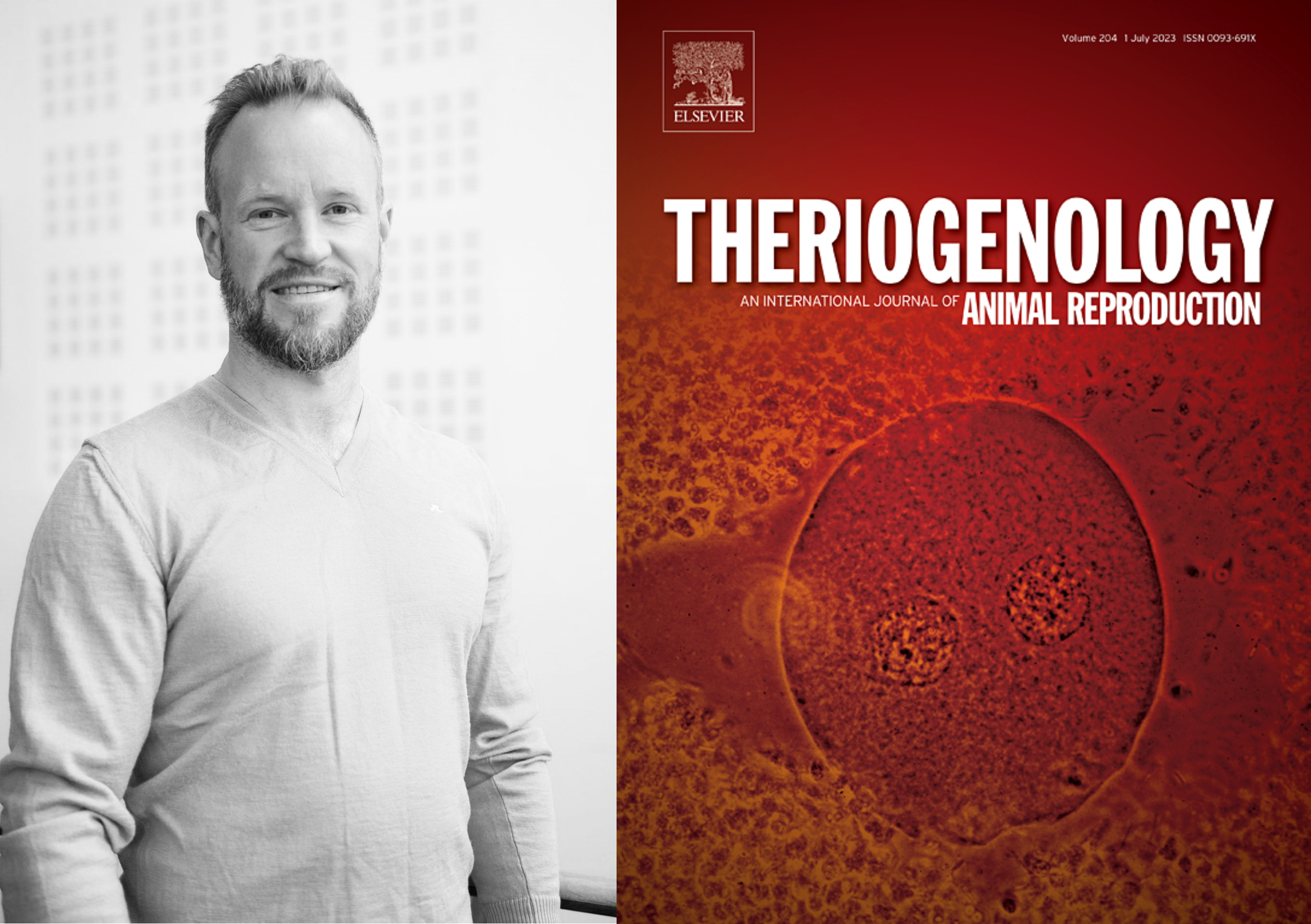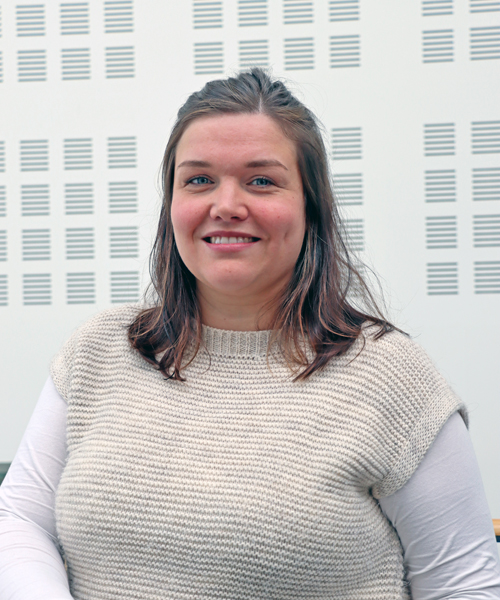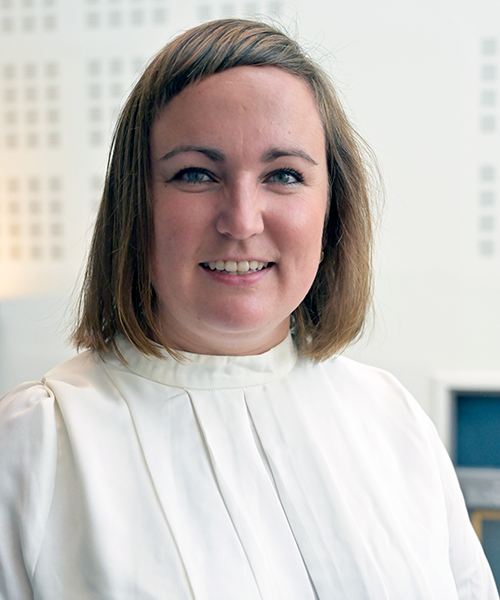Comparison of sperm adenosine triphosphate content, motility and fertility of immobilized and conventionally cryopreserved Norwegian Red bull semen
Published in: Theriogenology volume 121, November 2018, Page 181-187
Authors: Halldor Felde Berg, Elisabeth Kommisrud, Godlove Bai, Eline Rustad Gaustad, Geir Klinkenberg, Fride Berg Standerholen, Lill Therese Thorkildsen, Karin Elisabeth Waterhouse, Erik Ropstad, Bjørg Heringstad, Anne Hege Alm-Kristiansen

Estrus detection and timing of AI remains a challenge in cattle breeding. Prolonging spermatozoa lifespan after AI, making sperm cells available over an extended period, could make timing of AI relative to ovulation less crucial and improve fertility. Immobilization of sperm cells by the patented SpermVital technology in an alginate gel will provide a gradual release of spermatozoa after AI. The first aim of this study was to examine fertility, measured as non-return rate after 56 days (NR56), of SpermVital (SV) processed semen with reduced sperm cell number per dose compared to earlier studies, and compare with conventionally processed semen in Biladyl, a proprietary version of the egg yolk Tris semen extender. The second aim was to examine in vitro sperm quality post-thaw and after thermal stress. The third aim was to examine potential correlations between in vitro sperm parameters and NR56. Ejaculates from 16 Norwegian Red young bulls were split in three, processed and cryopreserved as Biladyl semen (B15; 15 million spermatozoa/dose) or by SpermVital technology (SV25; 25 million spermatozoa/dose or SV15; 15 million spermatozoa/dose). 1400 semen doses were produced per bull and distributed throughout Norway for a blinded field trial. Fertility was recorded as NR56 after first AI (N = 7155). Two ejaculates from each bull were randomly selected for in vitro experiments. B15 and SV15 semen samples were analyzed for motility by computer-assisted sperm analysis, viability and acrosome integrity by flow cytometry and ATP content by bioluminescence assay, post-thaw and after thermal stress. The AI trial detected no differences in NR56; least square means being 75.5% (B15), 75.6% (SV25) and 74.8% (SV15) (p > 0.05). There were no differences in total motility and progressive motility post-thaw, however, after three hours incubation at 38 °C, SV sperm motility and progressivity were higher for SV15 than for B15 spermatozoa (p < 0.05). The percentage of acrosome intact live sperm cells was higher for SV15 than B15 spermatozoa at all timepoints analyzed (0 h, 3 h, 24 h, p < 0.05). B15 semen showed a higher ATP level than SV15 at 0 h (p < 0.05), while SV15 sperm cells had higher ATP levels after 3 and 24 h (p < 0.05). No association was detected between in vitro sperm parameters and NR56. In conclusion, SV15, SV25 and B15 semen yielded equal fertility after AI. However, there were differences in sperm quality, as SV15 spermatozoa displayed higher motility, viability and ATP levels after thermal stress than B15 spermatozoa (p < 0.05).
























